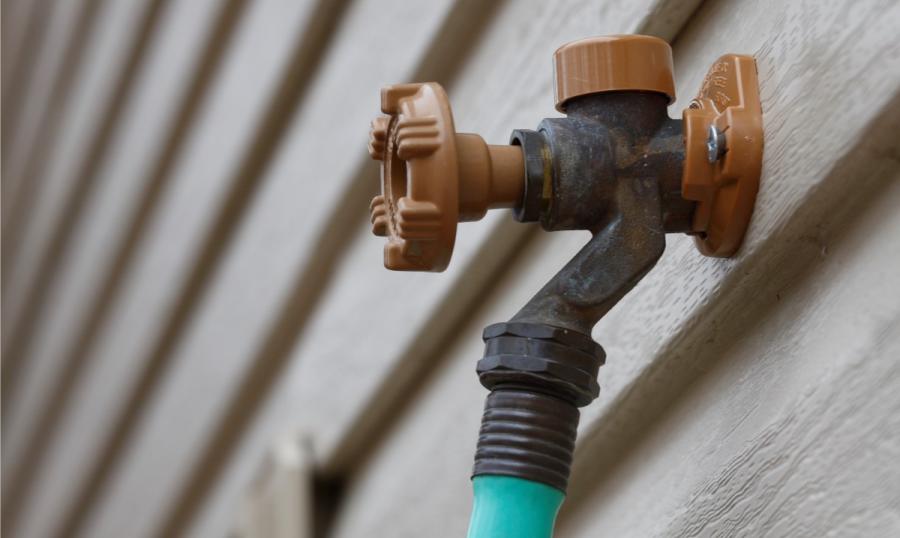What to Know about Backflow

We work hard to make sure the drinking water delivered to your home or business is safe at all times. One way we do this is by reducing the risk of drinking water contamination from backflow.
A water system depends on pressure to keep water flowing in the proper direction through its distribution system and into customers’ homes. Backflow occurs when a sudden drop in pressure causes a reverse flow of water. This creates a safety issue if that flow reversal (backflow) pulls contaminated water from an unprotected cross-connection into the drinking water supply.
A cross connection occurs when a drinking water pipe is physically joined to any source of non-potable water or other contamination. Common examples include lawn irrigation systems, fire sprinkler systems, swimming pools, and garden hoses submerged in water.
Let's say you're washing your car and you turn your hose off but leave it submerged in a bucket of soapy water. If there is a sudden drop in water pressure, caused by something like a main break or a hydrant being opened, the flow of water can be reversed, sucking the soapy water from the submerged hose backward into your home plumbing.
One easy way to prevent backflow is by installing a backflow prevention device on your outdoor spigot or replacing it with one that has a backflow preventer built-in. Look for a device certified by the American Society of Sanitary Engineering (ASSE). Most are inexpensive and easy to install.
While we don’t require or regulate hose backflow preventers, we do enforce requirements outlined by the Plumbing Code and the Ohio EPA to prevent any dangerous cross-contamination from backflow. These requirements include the proper installation and testing of backflow devices on all lawn irrigation systems and certain water service connections at commercial and industrial facilities.
You can learn more about backflow requirements at clevelandwater.com/backflow and in the Cleveland Water Backflow Prevention Policies.
